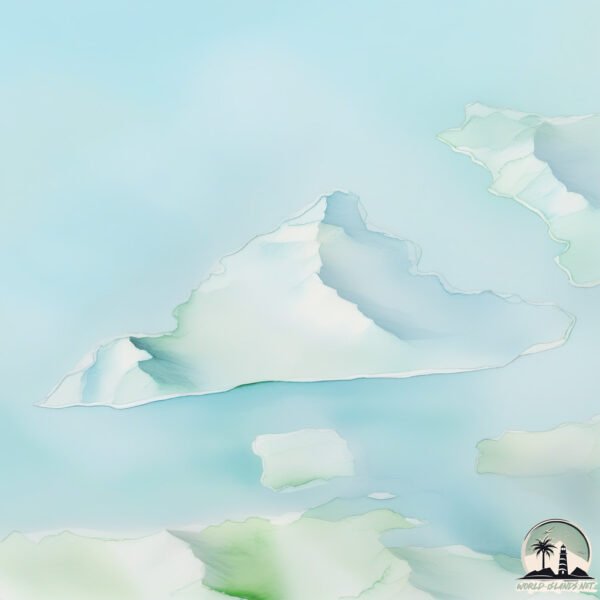Welcome to Rolla , a Continental island in the Norwegian Sea, part of the majestic Arctic Ocean. This guide offers a comprehensive overview of what makes Rolla unique – from its geography and climate to its population, infrastructure, and beyond. Dive into the details:
Geography and size of Rolla
Size: 105.8 km²Coastline: 65.4 kmOcean: Arctic OceanSea: Norwegian SeaContinent: Europe
Rolla is a Large Island spanning 106 km² with a coastline of 65 km.
Archipel: –
Tectonic Plate: Eurasia – One of the world’s largest tectonic plates, the Eurasian Plate covers a significant portion of Europe and Asia. It’s characterized by diverse geological features, including the Ural Mountains, the European Plain, and the Himalayas formed from its collision with the Indian Plate.
The geographic heart of the island is pinpointed at these coordinates:
Climate and weather of Rolla
Climate Zone: ContinentalClimate Details: Subarctic ClimateTemperature: Cold Summer
Climate Characteristics: Characterized by long, extremely cold winters and short, cool summers, often found in northern latitudes of North America and Eurasia.
Topography and nature of Rolla
Timezone: UTC+01:00Timezone places: Europe/ParisMax. Elevation: 870 m Mean Elevation: 272 mVegetation: Evergreen Needleleaf ForestTree Coverage: 41%
The mean elevation is 272 m. The highest elevation on the island reaches approximately 870 meters above sea level. The island is characterized by Plateau: Elevated flatlands rising sharply above the surrounding area, with a maximum elevation over 500 meters but a mean elevation less than 300 meters, forming unique highland areas on islands.
Dominating Vegetation: Evergreen Needleleaf Forest
Vegetation: 9 vegetation zones – Very Highly Diverse Island
Infrastructure and Travelling to Rolla
Does the island have a public airport? no .
Does the island have a major port? no .
The mean population of Rolla is 5 per km². Rolla is Gently Populated. The island belongs to Norway .
Continuing your journey, Andorja is the next notable island, situated merely km away.
Rollnes, Rolla island
Denne videoen ble laget med Clipchamp.
Rollnes, Rolla island
Denne videoen ble laget med Clipchamp.
Denne videoen ble laget med Clipchamp.
Norway's Island Mountains: Andørja and Rolla's Best Kept Secrets
Embracing the Wild: The Ascendant Trend of Mountain Camping ...
Embracing the Wild: The Ascendant Trend of Mountain Camping (Fjellcamping) in Norway Norway, a land sculpted by glaciers ...
Extraordinary landscape of Norway
Lofoten Island
Subscribe
#viral #shorts
Don't forget to subscribe to the channel #fun #live #funny #comedy ...
Don't forget to subscribe to the channel #fun #live #funny #comedy #lol #fun #trending #memes #youtube #youtuber ...
Norway is classified as Developed region: nonG7: Developed economies outside of the Group of Seven, characterized by high income and advanced economic structures. The level of income is High income: OECD.
News – Latest Updates and Headlines from Rolla
Stay informed with the most recent news and important headlines from Rolla. Here’s a roundup of the latest developments.
Loading...
Please note: The data used here has been primarily extracted from satellite readings. Deviations from exact values may occur, particularly regarding the height of elevations and population density. Land area and coastline measurements refer to average values at mean high tide.

